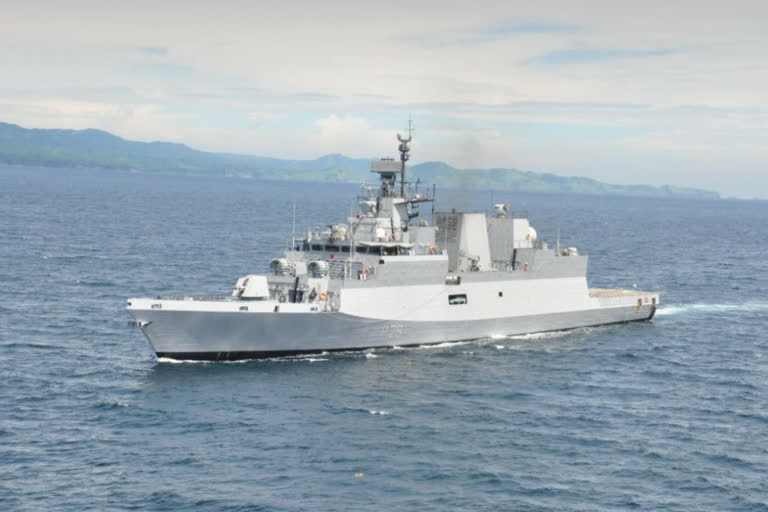New Delhi: Naval war exercises and joint training in the Indo-Pacific—be it in the South China Sea, Taiwan Straits or the East China Sea or further east in the western Pacific—are just another name for deliberate but often bellicose posturing in these troubled times.
But they are setting new benchmarks as far as the scale of the events, the area covered, participating countries, and the number of naval military assets used is concerned.
And the bugles are already being sounded.
On Friday (August 6), saying that the US has the “world’s greatest military on the planet”, Admiral John Aquilino, head of US Indo-Pacific Command, said during a virtual appearance: “We are here to operate and ensure peace and prosperity through the region, and we have to be in a position to ensure that status quo remains as it applies to Taiwan.”
On the same day (August 6), China’s PLA embarked on a five-day military exercise in a huge zone in the South China Sea that has already been restricted for navigation. It is widely expected that the PLA may launch medium-range anti-ship ballistic missiles—DF-21D and DF-26—also called by some as “aircraft carrier killers” like it did last year.
A main idea behind this PLA exercise is holding joint operations where different arms of China’s military services will participate.
Significantly, there is a new kid on the block this time with India sending its warships—Guided Missile Destroyer Ranvijay, Guided Missile Frigate Shivalik, Anti-Submarine Corvette Kadmatt and Guided Missile Corvette Kora—to the South China Sea as part of their two-month long deployment to Southeast Asia and the western Pacific.
Also Read: With IAC-1 in sea, Navy still strong on third aircraft carrier
During the deployment, the Indian Navy warships will participate in bilateral exercises with the navies of Vietnam, Philippines, Singapore, Indonesia, and Australian.
A profoundly significant exercise will be the multilateral exercise MALABAR-21 that is expected to begin by the month-end when the Indian ships will exercise with the other members of the ‘Quad’ countries—US, Australia and Japan—in the western Pacific waters near Guam.
‘Quad’ or the Quadrilateral Security Dialogue is a grouping of countries that is seen to be based on a common anti-China platform.
From August 3 (Tuesday), the US Indo-Pacific Command (INDOPACOM) began a huge exercise ‘Large Scale Global Exercise 21 (LSGE21)’ across the Indo-Pacific region.
Interestingly, besides bringing together the US Army, the Air Force (USAF), US Navy, and US Marine Corps (USMC), the all-domain exercise includes the UK Army, Australian Defence Force (ADF), and Japan Self-Defense Force (JSDF).
Touted to be the largest naval and amphibious exercise in the last 40 years, the LSGE21 will conclude on August 27.
Meanwhile, the UK aircraft carrier strike group led by the HMS Queen Elizabeth carrier and a German frigate Bayern are already in the region having sailed through the South China Sea on August 2.
Also Read: Watch: Indigenous aircraft carrier INS Vikrant rules high seas



